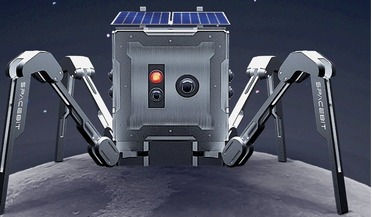 November 2020
Walking on the Moon
November 2020
Walking on the Moon
... the baton was taken up by China. In December 2013, the Chang’e 3 mission deployed its Yutu rover to the Mare Imbrium basin, where it remained in operation for some 31 months (much longer than its design lifetime of three...
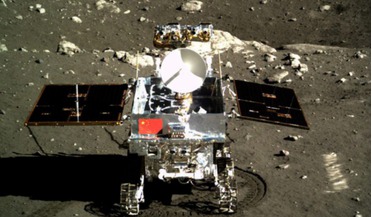 09 August 2016
Yutu, the Chinese Moon Rover, Dies on the Moon
09 August 2016
Yutu, the Chinese Moon Rover, Dies on the Moon
... the early 1970s, when the USSR's Lunokhod-2 was last in operation. Yutu had landed on the Moon's Mare Imbrium region on December 14 th, 2013, in a mission that had also delivered the Chang'e 3 stationary lander. It was China...
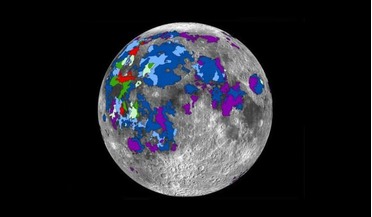 06 October 2017
Volcanic activity gave the early Moon an atmosphere
06 October 2017
Volcanic activity gave the early Moon an atmosphere
... that are currently suspected to be made up of water. "The total amount of H2O released during the emplacement of the mare basalts is nearly twice the volume of water in Lake Tahoe. Although much of this vapour would have been...
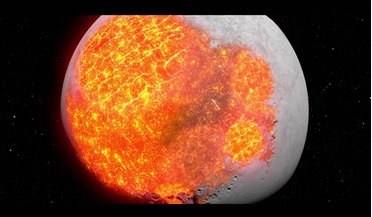 02 October 2018
New technique could provide fresh insights into how the Moon was formed
02 October 2018
New technique could provide fresh insights into how the Moon was formed
... of all volcanic rock on Earth is basalt and around 16 percent of the lunar surface – the dark patches known as Mares, which is Latin for sea – are also covered with the same material. It was once believed that...
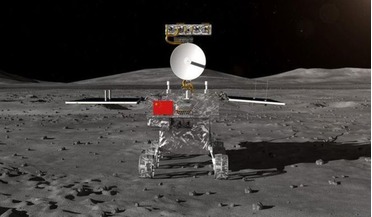 10 December 2018
First far side of the Moon mission underway
10 December 2018
First far side of the Moon mission underway
... the same hemisphere is always on view to observers on Earth; the relatively flat side that is dominated by huge lunar mares – large, dark basaltic plains, that were initially mistaken for seas by early lunar observers. Conversely, just...
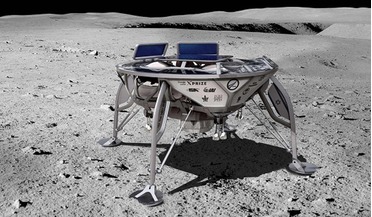 01 February 2019
First private spacecraft gearing up for Moon landing
01 February 2019
First private spacecraft gearing up for Moon landing
...to a second landing spot. Beresheet, which means ‘in the beginning’, or ‘at the start’ in hebrew, is destined to first land within Mare Serenitatis on the northern hemisphere of the Moon; a region known for magnetic anomalies and a phenomena that the...